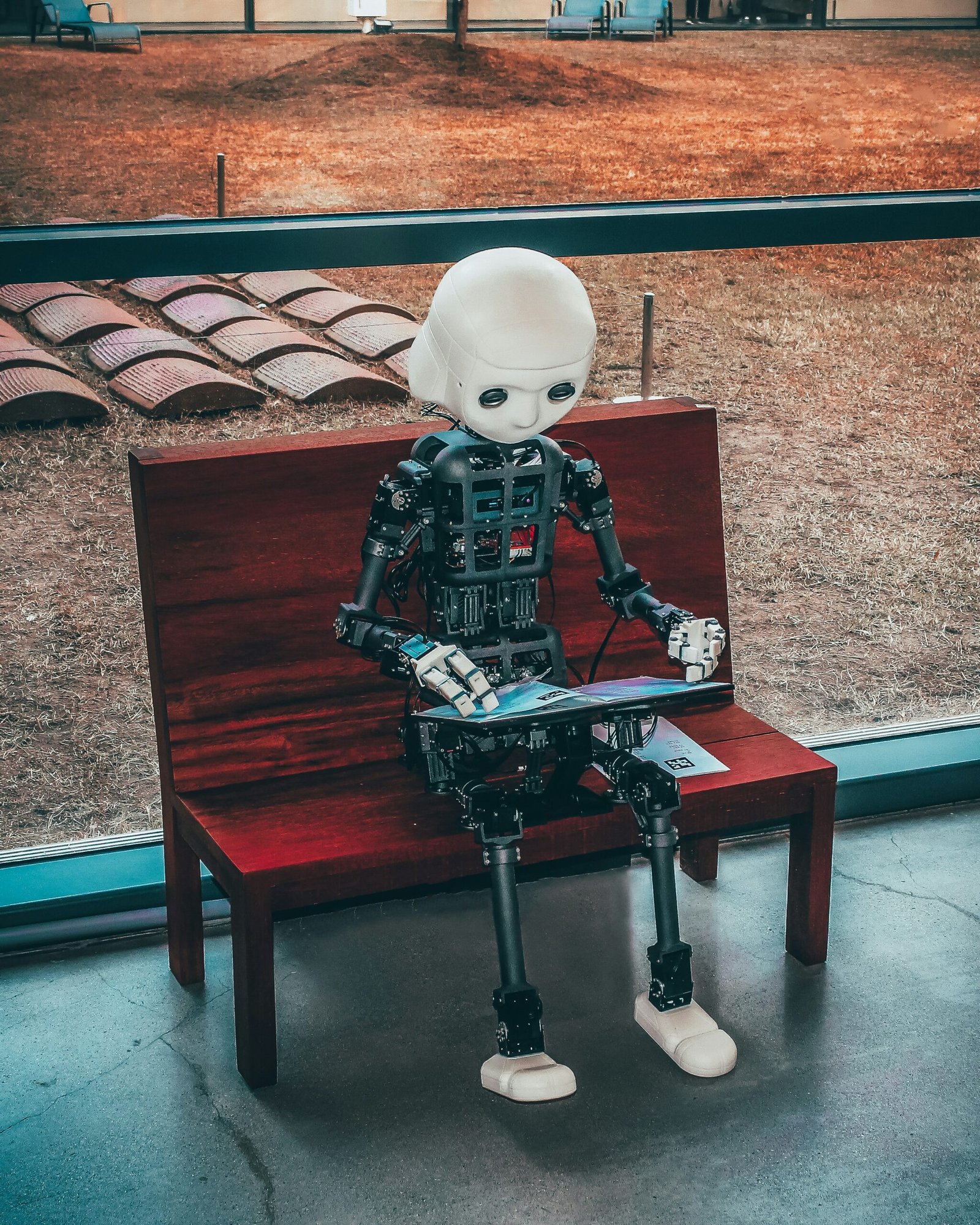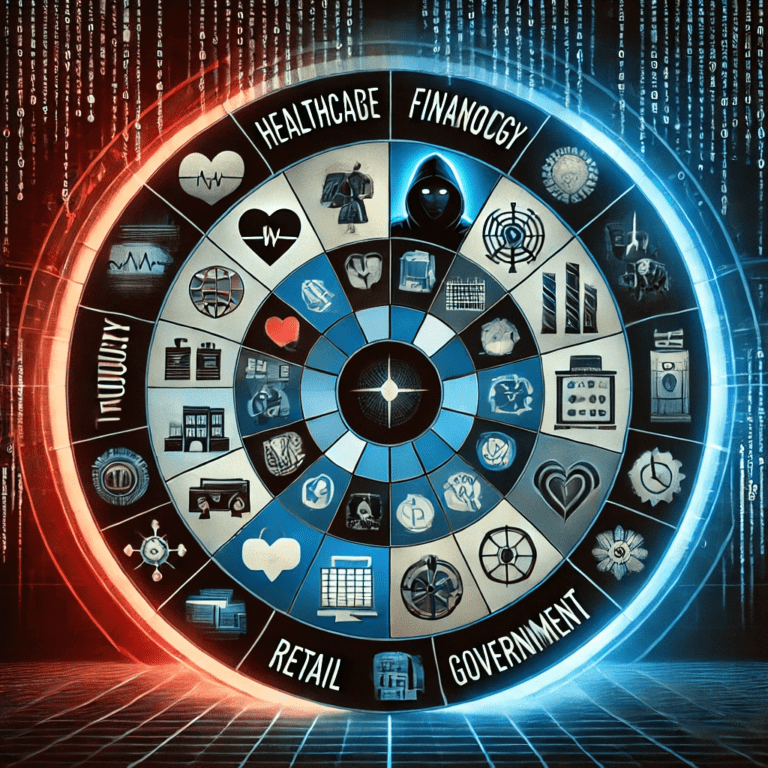Understanding DeepFaceLab: The Face Swapping Software and Its Implications
Introduction to DeepFaceLab
DeepFaceLab is a groundbreaking software in the realm of face swapping technology, offering advanced capabilities to replace one individual’s face with another in video content. First introduced to the public in early 2018, DeepFaceLab has swiftly become a cornerstone in the development and utilization of deepfake technology. Its emergence has significant implications for both creative and ethical dimensions of digital media.

The foundation of DeepFaceLab lies in deep learning, a subset of machine learning that utilizes neural networks with multiple layers to process and analyze data. By leveraging convolutional neural networks (CNNs) and autoencoders, DeepFaceLab can meticulously study the facial features of both the source and target individuals, ensuring that the face swap appears as natural and seamless as possible. This technology enables the software to handle complex tasks such as facial expressions, lighting conditions, and head movements, making it a powerful tool for video editing and content creation.
DeepFaceLab’s development has been largely driven by the open-source community, which has contributed to its continuous improvement and accessibility. The software’s open-source nature allows developers and researchers worldwide to experiment with and enhance its functionalities, fostering a collaborative environment that propels the innovation of face swapping technology. This collaborative approach has also led to the creation of extensive documentation and tutorials, making it easier for new users to navigate and utilize the software effectively.
The primary applications of DeepFaceLab span various domains, from entertainment to research and beyond. In the entertainment industry, it has been used to create convincing deepfakes for movies, television, and online content, enabling filmmakers and content creators to achieve visual effects that were previously unattainable. In research, DeepFaceLab assists in studying facial recognition systems and developing countermeasures against malicious uses of deepfake technology. However, it is crucial to acknowledge the ethical implications associated with face swapping software, as its misuse can lead to privacy violations, identity theft, and the spread of misinformation.
How DeepFaceLab Works
DeepFaceLab employs sophisticated machine learning algorithms and neural networks to achieve face swapping, a process that involves several intricate steps. Initially, the software collects data by extracting facial images from video clips or photos. This step, known as data collection, involves gathering a diverse set of facial expressions, angles, and lighting conditions to ensure the model can generalize well.
Once the data collection is complete, the next step is training the model. DeepFaceLab uses convolutional neural networks (CNNs) to learn and recognize facial features. The training phase involves feeding the collected facial images into the neural network, allowing it to learn the intricate details of the faces. This phase can be computationally intensive and requires a powerful GPU to expedite the process. The model iteratively improves by minimizing the error between the generated output and the actual face images, enhancing its accuracy with each iteration.
After the model is sufficiently trained, it can generate the final output. In this phase, the software overlays the generated face onto the target video or image, ensuring that the facial expressions and movements are synchronized with the original footage. The result is a seamless face swap that appears natural and realistic.
DeepFaceLab offers different modes of operation to cater to various needs. The SAE (Separated Autoencoder) mode is highly versatile and can produce high-quality face swaps by separating the encoder and decoder networks. The H64 mode is optimized for speed, making it suitable for applications requiring quick results, although it may compromise on quality. On the other hand, the LIAE (Low Resolution Interpolation Autoencoder) mode balances quality and speed, making it ideal for projects that need a middle-ground solution.
By understanding these modes and their specific uses, users can select the most appropriate one for their particular face swapping needs. DeepFaceLab’s combination of advanced technology and flexible modes of operation makes it a powerful tool in the realm of face swapping software.
Examples of DeepFaceLab in Action
DeepFaceLab, a powerful tool for face swapping, has been utilized in numerous high-profile and viral projects, showcasing its impressive capabilities. One of the most notable examples is the “Ctrl Shift Face” YouTube channel, which gained widespread attention for its deepfake videos featuring famous actors in scenes from iconic movies. By replacing the original actors’ faces with those of other celebrities, the channel has highlighted the seamless integration and realism that DeepFaceLab can achieve.
Another striking example is the viral video featuring comedian and actor Bill Hader. In an interview clip, Hader’s face morphs into Tom Cruise’s and Seth Rogen’s as he impersonates them, creating a surreal and highly realistic transformation. This video not only demonstrates the software’s ability to swap faces in real-time but also emphasizes its potential for entertainment and comedic content.
Furthermore, DeepFaceLab has been employed in various experimental projects to explore the technology’s limits. Researchers and hobbyists have used it to merge historical footage with modern-day actors, creating educational content that brings history to life. For instance, videos of historical figures giving speeches are enhanced by replacing their faces with more contemporary representations, making the content more engaging and relatable for modern audiences.
Before-and-after comparisons are crucial in illustrating the effectiveness of DeepFaceLab. These comparisons typically show the original footage side-by-side with the deepfaked version, highlighting the precision and detail that the software can achieve. Such comparisons are often shared on social media platforms, further boosting the visibility and awareness of DeepFaceLab’s capabilities.
These examples underscore the versatility and potential of DeepFaceLab in various domains, from entertainment to education. As the technology continues to evolve, it is likely that we will see even more innovative applications, pushing the boundaries of what face swapping software can accomplish.

Positive Uses of DeepFaceLab
While deepfake technology frequently attracts negative attention due to its potential for misuse, it is crucial to acknowledge the numerous legitimate and beneficial applications of DeepFaceLab. This advanced face-swapping software has proven to be a valuable tool across various fields, including education, entertainment, and the film industry, showcasing its potential to drive creativity and innovation.
In the realm of education, DeepFaceLab can be employed to create engaging and interactive learning experiences. For instance, educators can use the software to develop historical reenactments, bringing historical figures to life in ways that traditional teaching methods cannot. By creating realistic portrayals of historical events and personalities, students can gain a deeper understanding and connection to the material, making learning more immersive and impactful.
DeepFaceLab also holds significant promise in the entertainment industry. Content creators and artists are leveraging this technology to produce unique and captivating content. For example, YouTubers and social media influencers use face-swapping to create humorous and engaging videos that capture audience interest. Additionally, the software provides a platform for artists to experiment with new forms of digital art, pushing the boundaries of what is possible in visual storytelling.
The film industry, in particular, has embraced DeepFaceLab for its ability to enhance special effects. Filmmakers can seamlessly integrate actors into scenes or even resurrect deceased actors for specific roles, ensuring continuity and preserving the artistic vision of a project. This capability not only saves time and resources but also opens up new creative possibilities. For example, movies like “Rogue One: A Star Wars Story” utilized similar technology to recreate the likeness of actors, blending the past and present in a visually cohesive manner.
Overall, DeepFaceLab serves as a powerful tool for creativity and innovation, providing opportunities to explore new realms of expression and storytelling. By focusing on its positive applications, we can harness the potential of this technology to inspire and educate, while mitigating its risks and ensuring ethical use.
Ethical Concerns and Misuse of DeepFaceLab
The ethical implications of DeepFaceLab are profound and multifaceted, raising significant concerns about the potential for misuse. As an advanced face-swapping software, DeepFaceLab has the capability to create highly realistic and convincing digital content. This powerful tool, while innovative, poses a risk of being exploited for malicious purposes, including identity theft, misinformation, and the creation of fraudulent content.
One of the primary concerns is identity theft. DeepFaceLab enables the manipulation of facial images to such an extent that individuals’ likenesses can be replicated without their consent. This can lead to unauthorized use of a person’s identity in various contexts, such as financial fraud, false endorsements, or personal defamation. The ease with which such manipulations can be distributed online exacerbates the potential for widespread misuse, making it challenging for victims to control or mitigate the impacts.
Misinformation is another critical issue associated with the misuse of DeepFaceLab. The software can be employed to create fake videos or images that appear authentic, potentially misleading the public or influencing opinions and decisions. In a world where digital content is rapidly consumed and shared, the spread of such fabricated media can undermine trust in legitimate information sources, causing societal harm. This is particularly concerning in the realms of political discourse, where manipulated content could be used to sway elections or incite social unrest.
The creation of fraudulent content using DeepFaceLab also extends to the realm of online harassment and cyberbullying. Individuals can be targeted with doctored videos or images that portray them in compromising or damaging situations. Such content can lead to severe emotional distress, reputational damage, and in some cases, legal ramifications. The anonymity often afforded by the internet further complicates efforts to hold perpetrators accountable.
The broader societal impact of these misuses is the cultivation of fear, uncertainty, and doubt (FUD). As the line between real and fake content blurs, individuals and organizations may become increasingly skeptical of the authenticity of digital media. This skepticism can erode trust in digital communications and hinder the positive potential of technological advancements. Addressing these ethical concerns requires a concerted effort from developers, policymakers, and users to establish and enforce guidelines that prevent misuse and protect individuals’ rights and societal interests.
Legal Implications and Regulations
As deepfake technology advances, legal systems worldwide are increasingly faced with the challenge of regulating its use. The emergence of face-swapping software like DeepFaceLab has brought about significant legal implications, necessitating a comprehensive examination of existing laws and proposed regulations.
Current legislation concerning the use of deepfake technology varies significantly across different jurisdictions. In the United States, for instance, there are no federal laws specifically targeting deepfakes. However, some states have enacted legislation to address the malicious use of such technology. For example, California’s AB 602 makes it illegal to distribute deepfake videos intended to harm a candidate’s reputation within 60 days of an election. Similarly, Texas has made it a criminal offense to create or distribute deepfake content with the intent to harm or defraud another person.
In contrast, the European Union has taken a more proactive stance. The EU’s General Data Protection Regulation (GDPR) can be applied to deepfakes, as it mandates the protection of personal data, which includes biometric data used in face-swapping technologies. Additionally, the European Commission has proposed the Digital Services Act and the Digital Markets Act, aiming to create a safer digital environment by addressing the dissemination of harmful and illegal content, including deepfakes.
Despite these efforts, enforcing regulations on deepfake technology presents considerable challenges. One major issue is the difficulty in detecting and verifying deepfake content, especially as the technology becomes more sophisticated. Furthermore, the global nature of the internet means that deepfake content can easily cross borders, complicating jurisdictional enforcement. This raises the need for international cooperation and standardized regulations to effectively combat the misuse of face-swapping software.
In conclusion, while some progress has been made in regulating the use of deepfake technology like DeepFaceLab, the rapidly evolving nature of the field necessitates ongoing legal and regulatory adaptations. As legal systems strive to balance technological innovation with protection against misuse, the development of more robust detection methods and international collaboration will be crucial in shaping the future landscape of deepfake regulation.
Protecting Yourself from Deepfake Threats
In an era where deepfake technology, such as DeepFaceLab, is becoming increasingly sophisticated, safeguarding oneself from potential misuse is paramount. Digital literacy is the first line of defense. By increasing awareness about what deepfakes are and how they can be misused, individuals can better recognize and respond to potential threats. Education about the characteristics of deepfakes, such as unnatural facial movements or inconsistent lighting, can help in identifying manipulated media.
Another essential strategy is the utilization of advanced tools designed to detect deepfakes. Various software solutions and online platforms are available that can analyze videos and images to determine their authenticity. For instance, tools that leverage machine learning algorithms can detect subtle inconsistencies that may not be visible to the naked eye. Organizations, in particular, should integrate these tools into their security protocols to monitor and verify the integrity of digital content regularly.
If you suspect that you have encountered a deepfake, it is crucial to take immediate steps to mitigate any potential harm. Reporting the content to the relevant authorities or the platform hosting the media can help in taking down the malicious material swiftly. Additionally, seeking legal advice and support can provide a clear course of action, especially if the deepfake is being used to slander or defraud.
For individuals, maintaining privacy online by limiting the amount of personal information and multimedia shared on social media can reduce the risk of becoming a target for deepfake creators. Using strong, unique passwords and enabling two-factor authentication across all accounts can further bolster security against unauthorized access.
Ultimately, a combination of heightened digital literacy, utilization of detection tools, and proactive measures can significantly reduce the risks posed by deepfake technology. By staying informed and vigilant, both individuals and organizations can better protect themselves from the potential threats of deepfake misuse.
The Future of DeepFaceLab and Deepfake Technology
As we look ahead, the trajectory of DeepFaceLab and similar deepfake technologies suggests a rapid evolution driven by continuous advancements in artificial intelligence (AI) and machine learning (ML). These fields are pivotal in enhancing the precision, realism, and accessibility of face-swapping software. The future iterations of DeepFaceLab are likely to incorporate even more sophisticated algorithms, allowing for seamless integration of facial features that are virtually indistinguishable from actual footage. This level of realism will undoubtedly open new avenues for creative expression in film, entertainment, and even virtual reality experiences.
However, the increasing sophistication of deepfake technology also poses significant ethical and security challenges. As these tools become more advanced and accessible, the potential for misuse escalates. The creation of malicious deepfakes for purposes such as misinformation, harassment, and identity theft is a growing concern. In response, there will likely be a parallel development of detection and prevention technologies. Researchers and technologists are already working on AI-driven solutions to identify and counteract deepfakes, ensuring the integrity of digital content.
Moreover, legal and regulatory frameworks will need to evolve to address the implications of deepfake technology. Policymakers will be tasked with balancing innovation with protective measures to safeguard individuals and societies from the detrimental effects of deepfake misuse. This will involve not only creating new laws but also fostering international cooperation to tackle the global nature of the issue.
In the realm of positive applications, deepfake technology has the potential to revolutionize industries such as education, healthcare, and communication. For instance, personalized educational content, enhanced telemedicine consultations, and more realistic virtual meetings could become commonplace. As these applications develop, ethical considerations will remain at the forefront, guiding responsible use.
Ultimately, the future of DeepFaceLab and deepfake technology will be shaped by the dual forces of innovation and regulation. While the potential for positive impact is immense, the commitment to ethical standards and robust countermeasures will be crucial in ensuring that this transformative technology is harnessed for the greater good.
For more articles related to technology, please browse around InnoVirtuoso and find more interesting reads.






